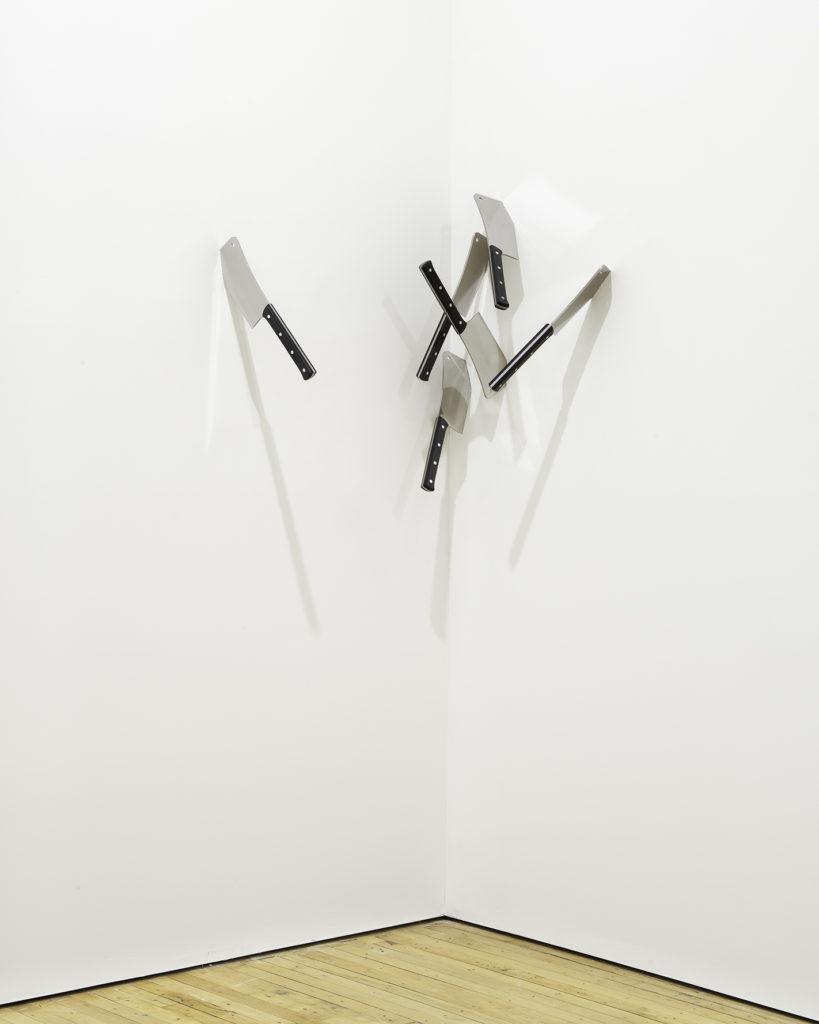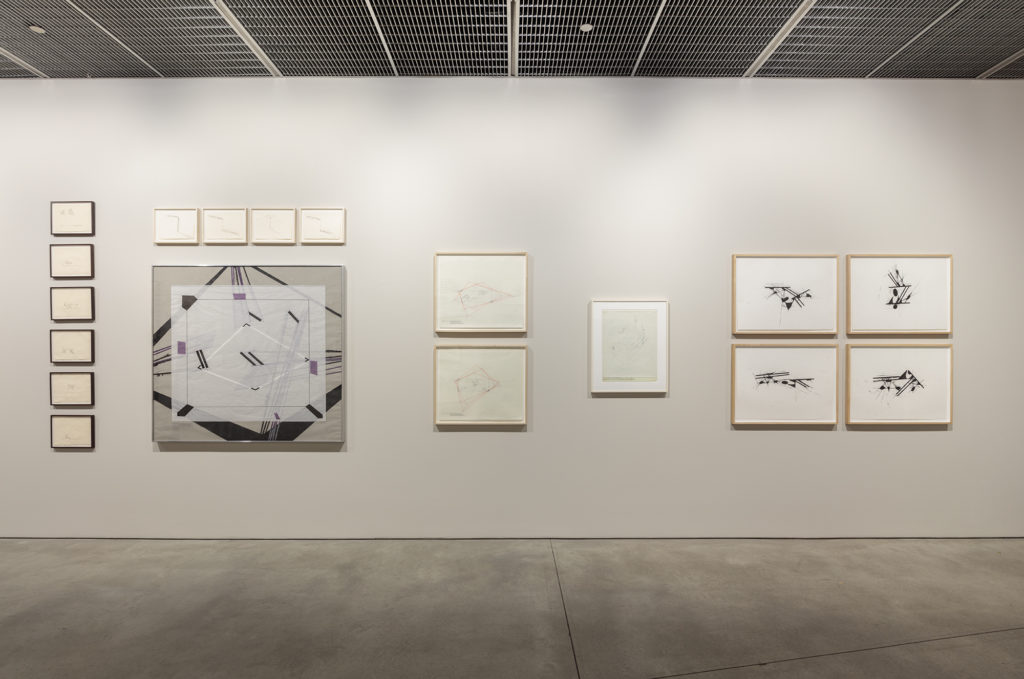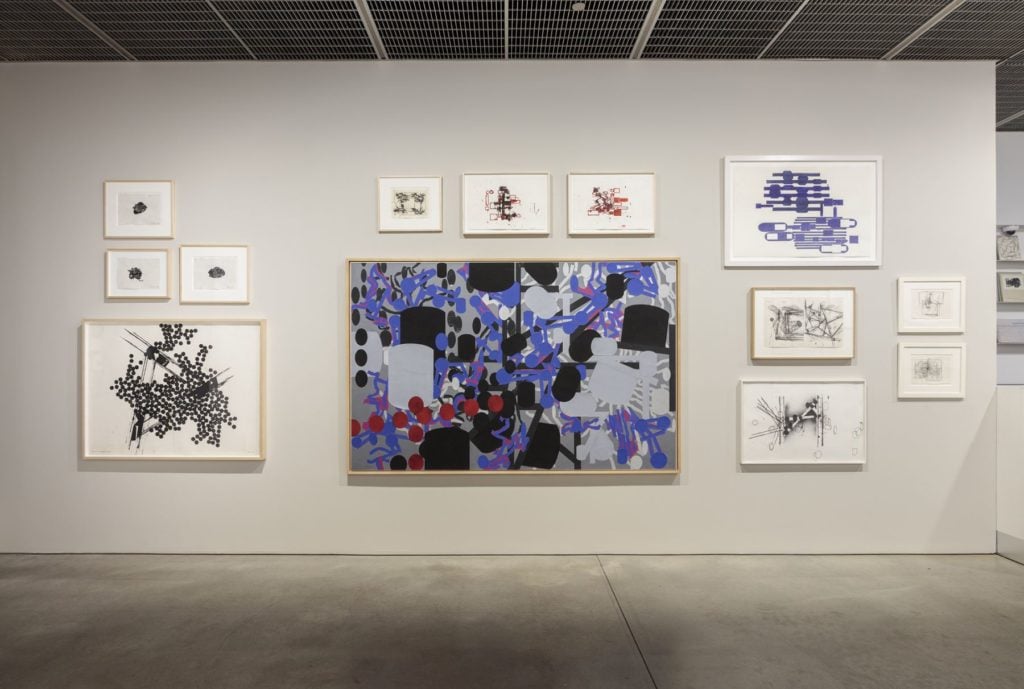Post-Minimalist Pioneer Barry Le Va Is Getting a Big Moment in the Spotlight


Artnet Gallery Network

Barry Le Va is counted among the consummate artists’ artists. During the 1960s and ‘70s, the Long Beach-born Le Va pioneered post-Minimalism alongside the likes of Bruce Nauman, Richard Serra, and Robert Smithson, with his own specific from of post-studio, process-focused creations.
“Le Va’s art is emphatically material and experiential, the realization of ideas rather than their mere illustration,” the critic Robert Storr once surmised.
Yet the always challenging Le Va hasn’t always been the favorite of institutions. But in 2020, that finally appears to be changing.
Dia: Beacon recently unveiled Barry Le Va, a long-term installation of several of the artist’s sculptures. Among these are two of his rarely exhibited powder dispersals, which—while appearing random—are in fact highly planned and site-specific. The show also includes an installation from his “Cleaver” series, which presents expertly angled butcher’s knives stuck into a gallery wall.

Installation view of “Part One” at David Nolan Gallery, 2019. : © Barry Le Va. Courtesy the artist and David Nolan Gallery, New York.
The artist is also the subject of a two-part solo exhibition at David Nolan gallery this year. Part one of the exhibition, currently on view, is devoted to Le Va’s innovative drawing practice. The second part, scheduled to open in May, will be focused on his sculptural works.
“Le Va is of a generation that has always fought against the overly commercial aspects of the art world,” gallery owner David Nolan said. “His generation is being reappraised these days on a broad, international scale. Curators are now interested in telling more complex histories and recontextualizing works from the ’60s and 70s in very thoughtful ways, and Barry is certainly a part of that scholarship, of expanding the canon to include less static and predicable representations of postwar sculpture and installation.”
The gallery says it sees an uptick in collectors, both of his sculpture and his drawings. Last year, the gallery presented a solo booth of Le Va’s work at the ADAA Art Show, with the works ultimately entering a private foundation.
For those unfamiliar with Le Va’s work, part one of the gallery’s two exhibitions is an informative but unpretentious primer on his practice. With a decades-long scope, the show offers a sense of his changing interest in scale and materials from more intimate works of 1960s to the early 1970s, to his environmental interests of the mid-1970s and the increased material complexity of his works from 1990s, back to more intimate drawings primarily made with ink and graphite on paper. What’s most apparent in the show, which is arranged thematically, is that the artist revisits ideas again and again over time.

Installation view of ” Barry Le Va: Part One. Drawings 1967-2017″ (2019). Courtesy of David Nolan New York.
“The salon-style format is meant to aid the viewer in making unexpected connections between various bodies of work throughout the decades in a myriad of media,” Nolan said of the installation.
What is striking in the Dia and gallery shows is the implied sense of violence in the works.
“The meat cleaver works in particular are powerful and hint at an implied violence, yet there is also a striking clarity and mathematical precision in these works, like a choreographed dance, and if you follow the handles of the cleavers, you’re able to retrace the artist’s steps,” Nolan said.
The implied sense of doom might be part of the current fascination with the artist, too.
“Many people would contextualize Barry’s early work as being related to Vietnam and the assassinations of MLK and RFK, and the chaotic violence and political unrest of the late 1960s,” Nolan said. “He would probably balk at that notion, but there is certainly a deeply psychological and physical aspect to the work that doesn’t stray from danger or destruction.’”
“Barry Le Va: Part One, Drawings 1967–2017” is on view at David Nolan New York through February 1, 2020. Part Two opens in May 2020.
“Barry Le Va” is now on long-term view at Dia: Beacon.